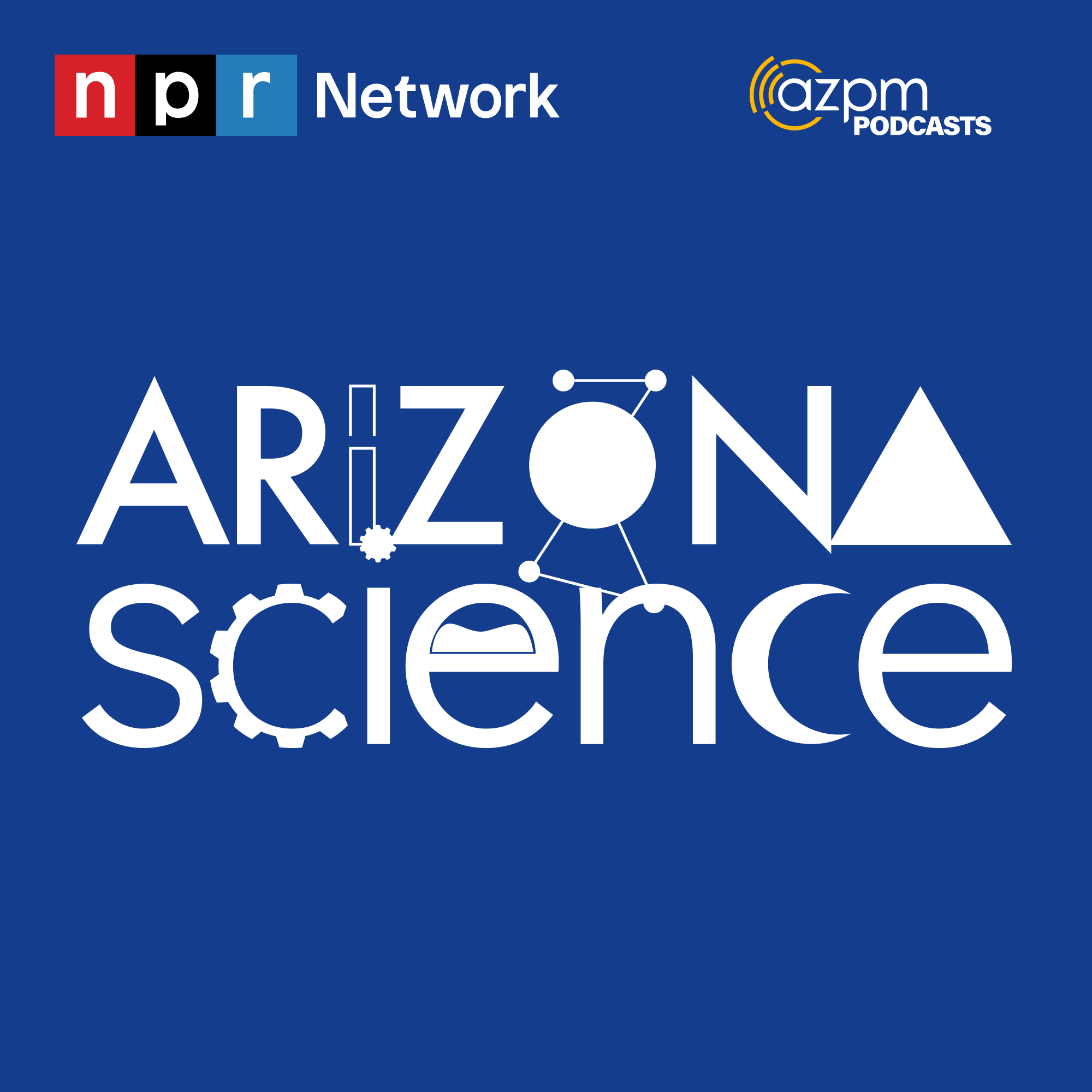Episode 61: Soft as a Rock: Tectonic Stretching of the Earth's Crust

Geological fieldwork is unlocking details of the creation of the Basin and Range Province in which Tucson sits.

Geological fieldwork is unlocking details of the creation of the Basin and Range Province in which Tucson sits.